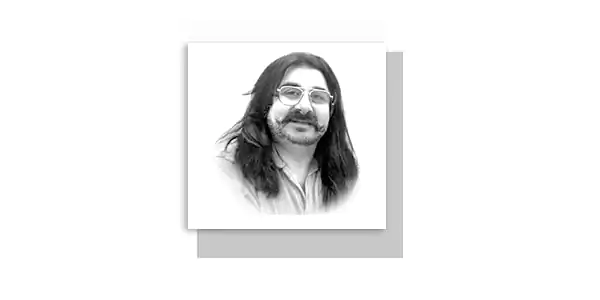ON 22 October 1993, Indian troops massacred over 50 civilians in Bijbehara, Illegally Indian Occupied Jammu and Kashmir (IIOJK). The Bijbehara carnage remains one of the most heinous crimes by Indian forces in IIOJK. Nearly 31 years later, families of the martyrs still await justice, haunted by memories of the bloodbath. Ironically, the killers of innocent Kashmiris have often been rewarded with promotions and financial incentives. IIOJK’s history is marred by massacres like Bijbehara; Indian troops have conducted over 25 major massacres there. Since January 1989, they have martyred over 100,000 Kashmiris under draconian laws. The Modi regime aims to alter IIOJK’s Muslim-majority demography by orchestrating such violence. India seeks to instill fear through brutality and the international community must act urgently to investigate these 25 major massacres committed by Indian forces in Kashmir.
The Bijbehara massacre erupted in protest against the siege of the Hazratbal mosque when the 74th Battalion Border Security Force (BSF) opened fire on civilians in Anantnag district, killing 51 people on October 22, 1993. The Indian government conducted two inquiries, and the National Human Rights Commission of India (NHRC) held a third. In 1994, the BSF was indicted for firing into the crowd without provocation, and 13 officers were charged with murder; however, a closed trial in 1996 led to their acquittal. Rather than providing justice, India intensified repression, and in August 2019, the Modi government effectively annexed Kashmir by abrogating Articles 370 and 35A, escalating the suffering of Kashmiris against their will.
In the Gawakadal massacre on January 21, 1990, 51 civilians were killed by CRPF troops during protests against earlier raids that involved indiscriminate arrests and molestation of women by CRPF personnel. In the Handwara massacre on January 25, 1990, two BSF patrolling parties opened fire indiscriminately on peaceful protesters, killing 25. In the Zakoora and Tengpora massacre, Indian forces killed 33 protesters and injured 47 on March 1,1990, at Zakoora Crossing and Tengpora Bypass Road in Srinagar. The perpetrators faced no punishment. During the Hawal massacre at the funeral of Mirwaiz Muhammad Farooq on May 21, 1990, paramilitary forces killed over 60 civilians and injured hundreds more by firing indiscriminately on the funeral procession. In the Sopore massacre on January 6, 1993, Indian troops killed 55 civilians in the town of Sopore and set fire to many homes and buildings. In the Bijbehara massacre on October 22, 1993, the Indian army killed 51 civilians during protests over the siege of Hazratbal Mosque; 25 of those killed were students. Unfortunately, none of the accused was held accountable. In the Kupwara massacre on January 27, 1994, the Indian army killed 27 civilians.
Hundreds of civilians have been extra-judicially executed by Indian security forces and killings are covered up as fake encounters. Indian forces have confessed widespread occurrence of fake encounters and its encouragement for awards and promotions. Indian forces have been implicated for enforced disappearances of thousands of Kashmiris whereas forces deny having their information and custody. This is often in association with torture or extrajudicial killing. The extent of male disappearances has been so large that a new term “half-widows” has been created for their wives who end up with no information of their husbands’ whereabouts. The number of disappeared is over 16 thousand. The disappeared are believed to be dumped in thousands of mass graves across Kashmir. There are thousands of bullet-ridden bodies buried in unmarked graves in IIOJK. Of the 2730 bodies uncovered in 4 of the 14 districts, 1574 were missing. The total number of unmarked graves was more than 6,000.
Extrajudicial killings were often administered within hours of arrest and carried out as a policy. Hundreds of civilians had been victims of such killings. Indian forces and police have been involved in systematic use of torture. One in six Kashmiris has faced torture. More than 3,900 extreme cases of torture are reported. There were 68 centres run by Indian army, where Kashmiris have been tortured since 1989. In 2023, forces entered the mosque in Zadoora, J&K, and forced the villagers to chant pro-Hindu slogans. This event condemned by political leaders was seen as assault on religious freedom. Rape has been used as a tactic of war against Kashmiri ladies and miner girls. The rape of Kashmiri Muslim women by Indian forces routinely goes unpunished. Rape in Kashmir has been a strategy of forces to humiliate and intimidate Kashmiris. As many as 429 officials have been involved in torture and sexual violence. Rather to punish forces involved in raps and tortures Indian government has always covered up these heinous criminals.
—The writer is author of several books based in Islamabad.
(naveedamankhan@hotmail.com)









